Analysis of Chronic Conditions: Risk Factors, Effects, and Management
VerifiedAdded on 2023/06/07
|6
|1024
|162
Homework Assignment
AI Summary
This assignment delves into chronic conditions, defining them as multifaceted, persistent health issues leading to reduced quality of life. It identifies five key risk factors: behavior, biomedical factors, non-modifiable factors, physical environment, and socioeconomic determinants. Hypertension is highlighted as a specific chronic condition, detailing its impact on a patient's daily activities. The assignment also explores factors influencing well-being, such as physical exercise and limited exposure to environmental hazards. Furthermore, it lists nine national health priority areas identified by the Australian Institute of Health and Welfare and provides six examples of rehabilitation strategies and techniques. Clinical manifestations of chronic diseases are exemplified through chronic fatigue syndrome, and various strategies for addressing and managing chronic diseases are discussed. Finally, the assignment details two core standards recommended for nurses supporting people with disabilities, emphasizing person-centered healthcare and effective communication strategies. Desklib provides access to similar solved assignments and study tools for students.
1 out of 6
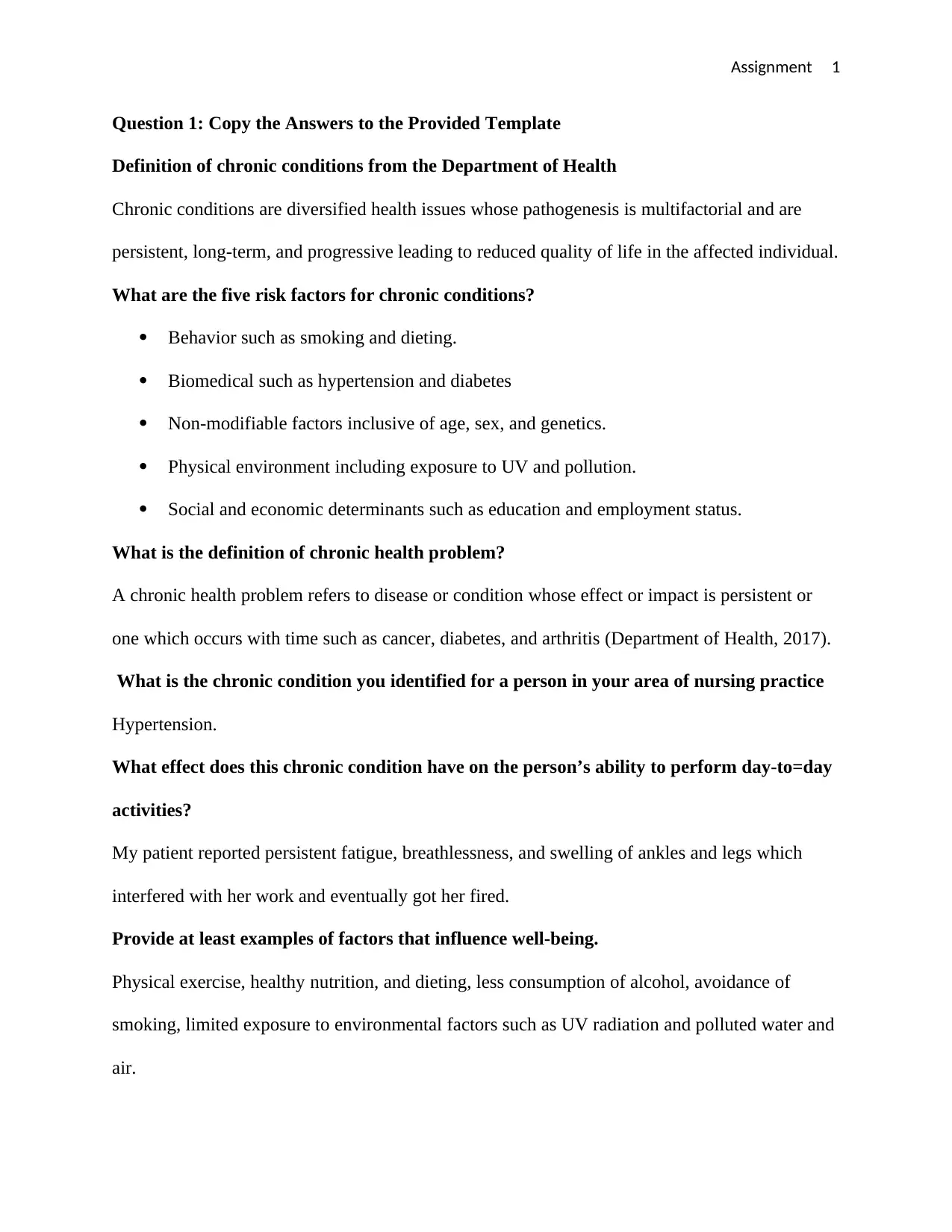
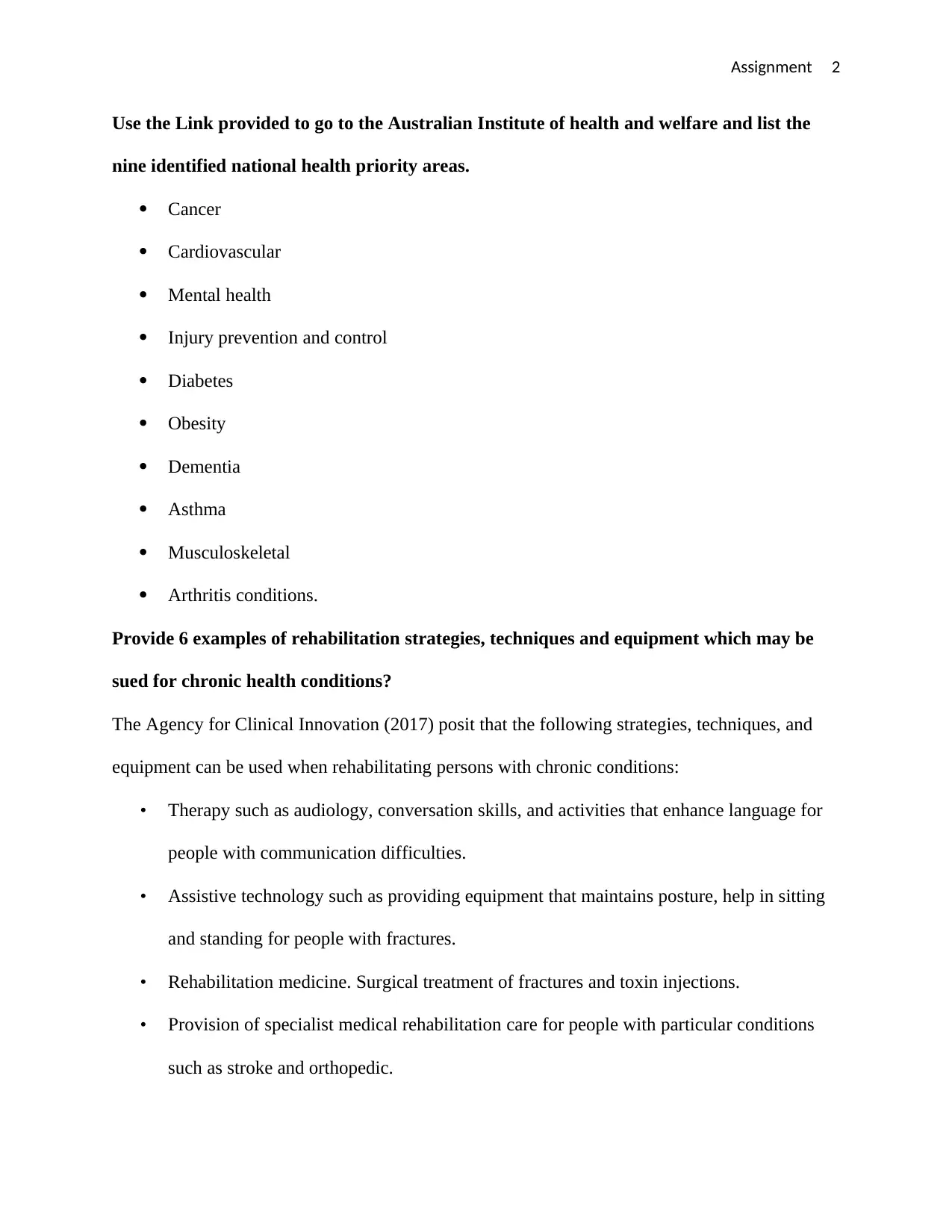


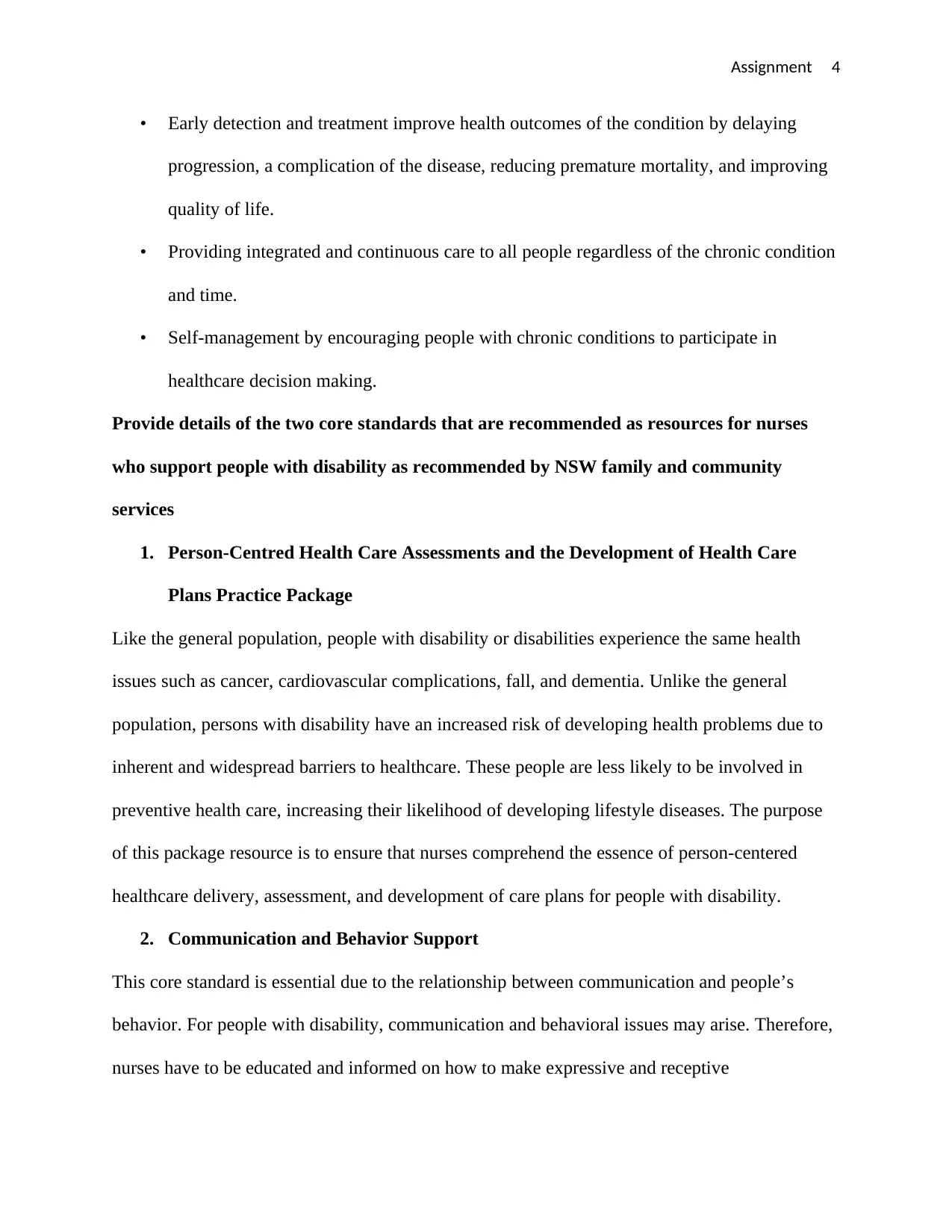
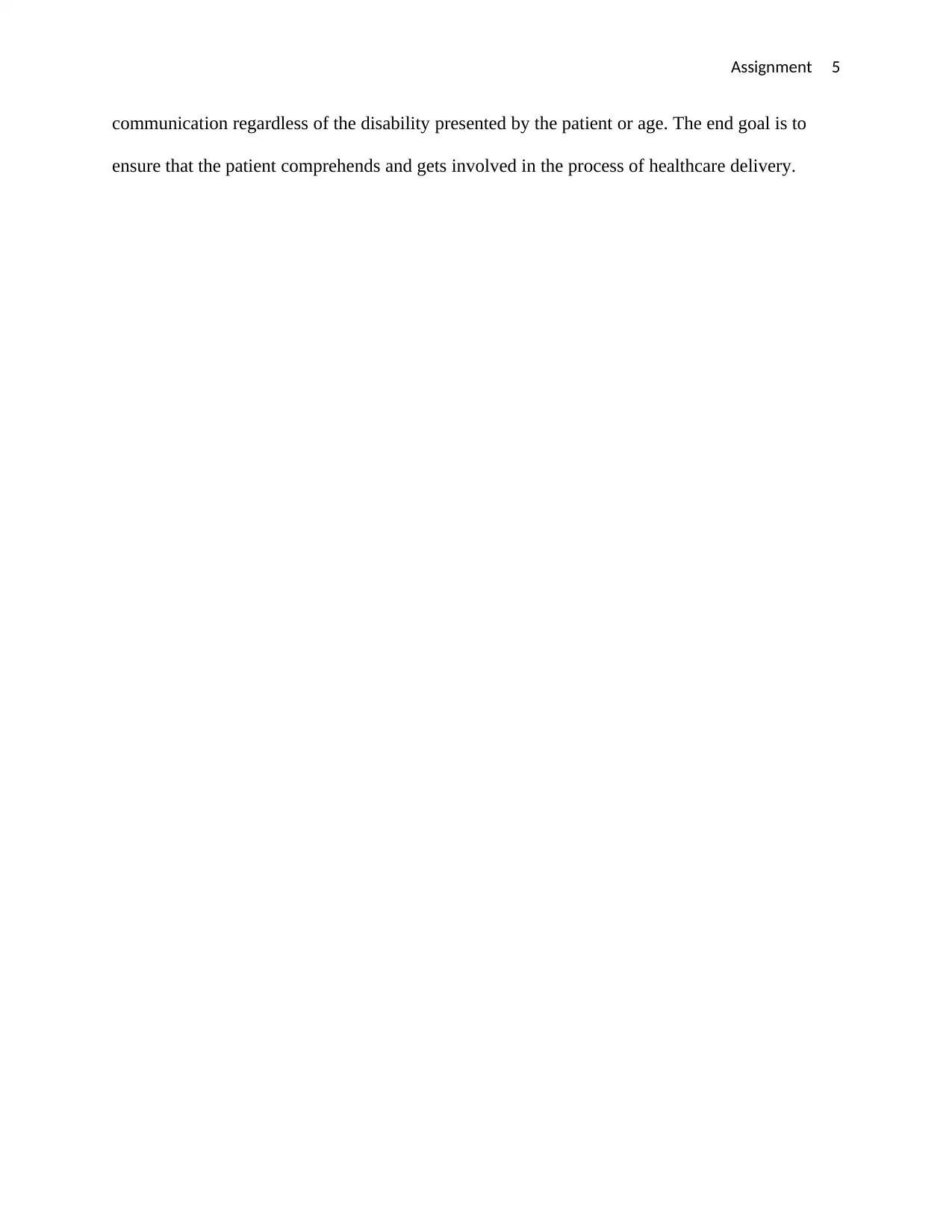
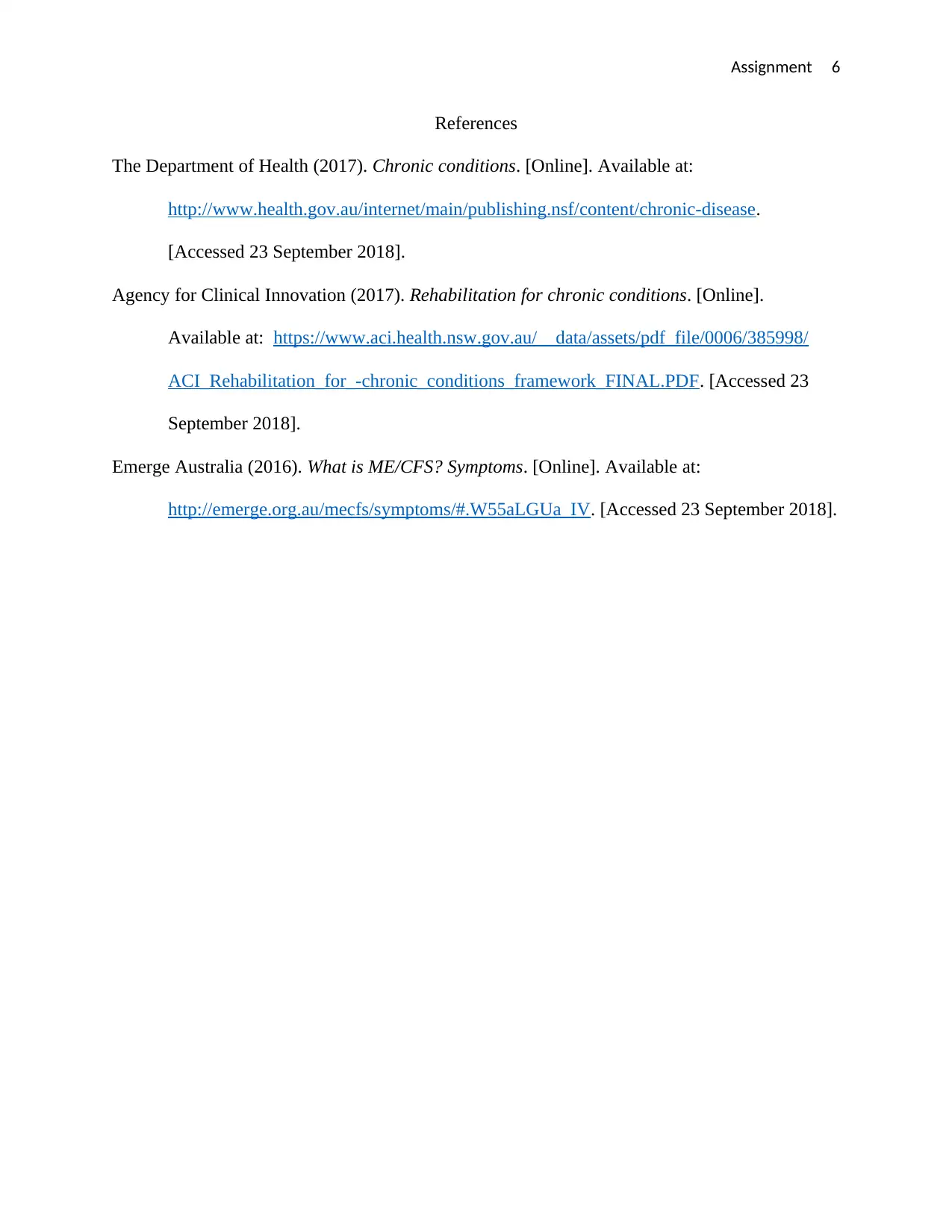






![[object Object]](/_next/static/media/star-bottom.7253800d.svg)